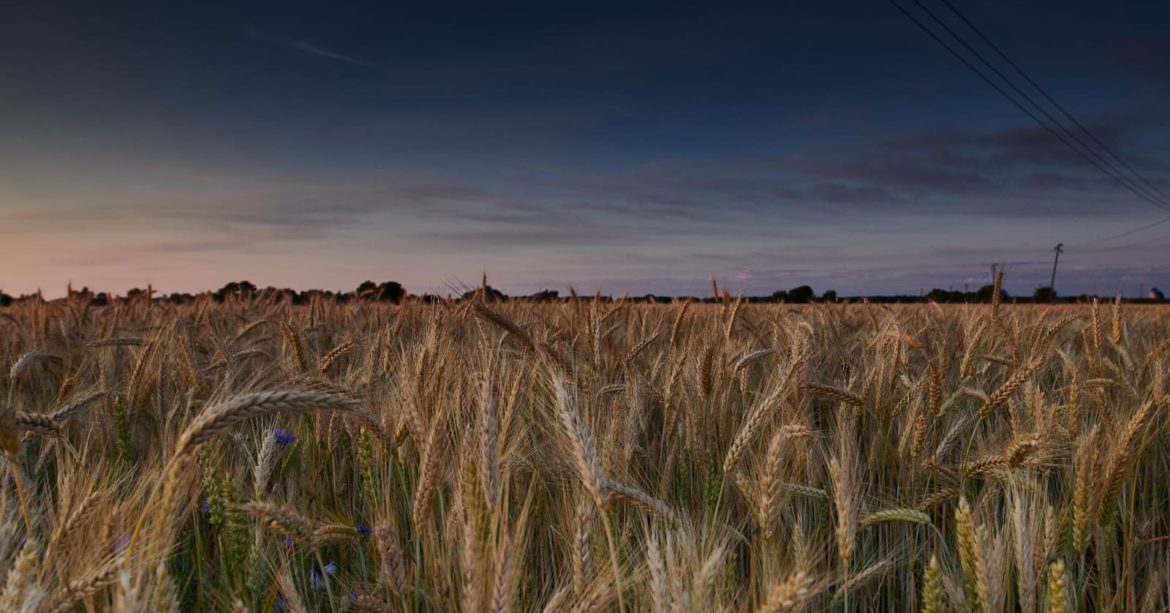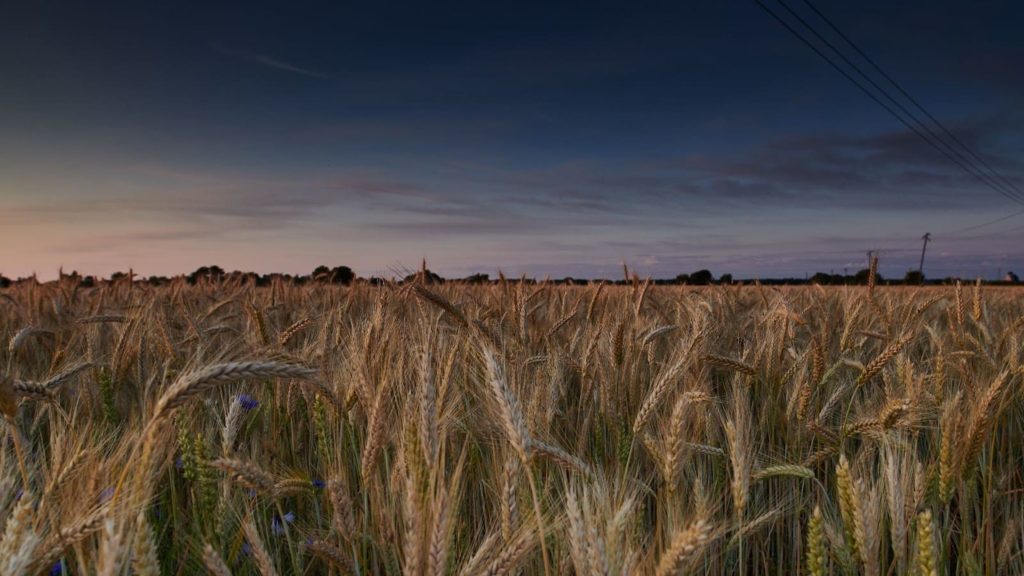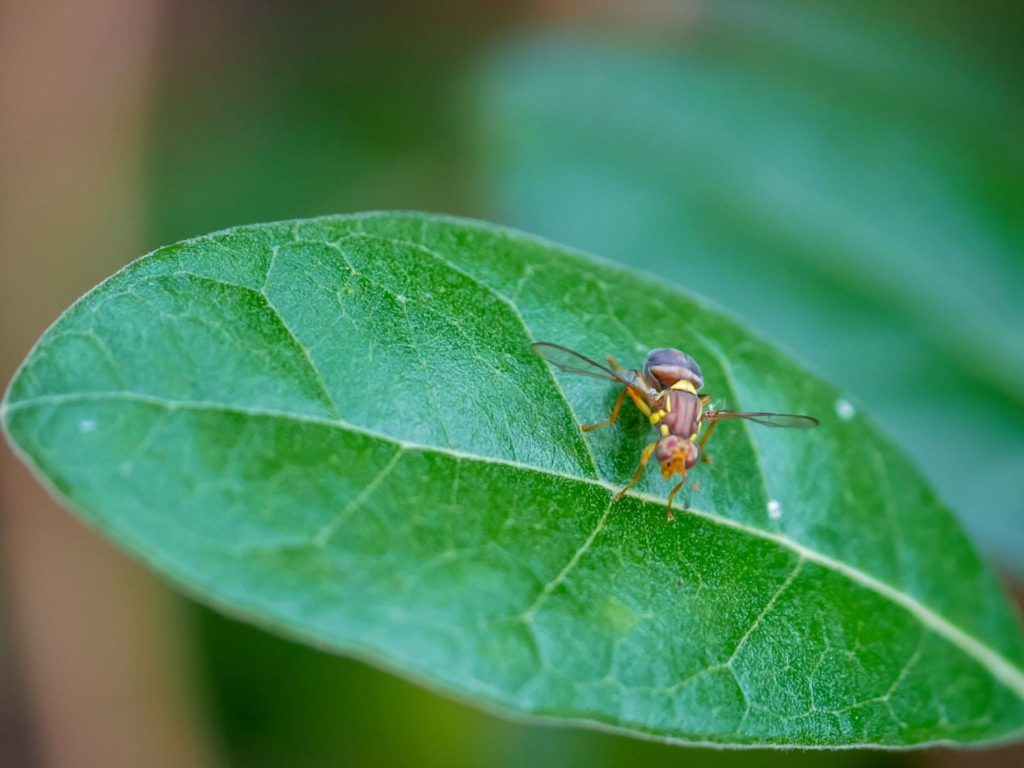Agricultural Pests That Will Thrive as the Climate Warms
Farmers have always had to battle against pests, but climate change is making the situation more complex. The warming temperatures are accelerating the growth of pest populations and causing them to spread.
These pests are a threat to the agriculture industry in Australia and across the globe. Farmers are aware of the danger. This is one reason why they are invested participants in climate change discussions in the country.
Discussions include examinations of how the Australian climate is changing which provide the basis for an understanding of its effects.
Key points
- Farmers in Australia have always had to battle with pests, but warming temperatures are making the situation more difficult.
- Increased temperatures are accelerating the growth of pest populations and causing them to spread.
- Pests that are thriving as a result of increasing temperatures include the Queensland fruit fly, lantana, wheat crown rot, and the light brown apple moth.
- Although many agricultural pests are thriving as a result of climate changes, others, like rabbits and lice, are suffering detrimental effects.
How is the climate changing in Australia?
There is an ongoing trend towards warming of the Australian climate. Predictions suggest that this will lead to:
- More days when the temperature exceeds 35°C.
- A decrease in the number of times frost occurs.
- Reduced winter rainfall in southern areas.
- Lower than usual rainfall in spring, in the south-east of the country.
- Lower than usual rainfall in autumn, in the south-west of the country.
- Increased occurrences of drought especially in the south-west of Western Australia.
- Above average rainfall caused by variable seasonal conditions.
- Increased risk of fire as the weather becomes warmer and drier.
How does climate change affect agricultural pests?
Climate changes that are as significant as those occurring in Australia are bound to have an effect on animals and plants many of which are considered pests in the world of agriculture.
Probable changes include:
- The geographical area where a species is present
- Life cycle timings
- Natural habitats
- Structure of ecosystems
For some pests, these changes will be good news.
Which agricultural pests will thrive as a result of climate change?
The warming of the climate is expected to be beneficial to some Australian agricultural pests. For example, southern Australia may have the potential to host semi-tropical pests such as cattle ticks and lantana when the weather is especially wet. This will help to extend the reach of both species.
For a closer look at which agricultural pests will thrive as the climate warms, it’s interesting to look at some suggestions from the Intergovernmental Panel on Climate Change.
Queensland fruit fly
The Queensland fruit fly is already a significant threat to Australia farmers. They spend millions of dollars each year addressing this threat.
This pest is commonly found across eastern Australia and tends to infest horticultural crops. It has started to establish itself in the fruit growing regions of Sunraysia and the Goulburn Valley in Victoria and is closing in on the Yarra Valley.
The warming temperatures are making it easier for these flies to survive the winter and lengthening their reproductive cycle. It seems as though these factors will help to increase established populations as well as creating new ones.
Lantana
In recent years this flowering shrub has been declared a pest by the Australian government. As the climate of the country warms, it will become even more of an issue.
Having already invaded more than four million hectares of land, lantana is expected to increase its reach from the north of Australia to southern Australia, Tasmania, and Victoria.
Wheat Crown Rot
Crown rot already has a detrimental effect on cereal crops in Australia. The problem will worsen as higher levels of carbon dioxide in the atmosphere and warmer conditions combine.
This is confirmed by research in recent years that a warming climate and increased carbon dioxide levels have already begun to increase the severity of this rot in wheat.
Light brown apple moth
Experts expect this moth which is sensitive to warm temperatures to shift its habitat to the southern areas of Australia as the climate continues to warm.
If this happens as predicted, farmers in the south will need to take action against the crop damage that is expected to ensue.
Yellow dragon disease
Australia’s department of agriculture refers to huanglongbing infection or “yellow dragon disease” as one of the worst citrus tree diseases in the world.
The disease is spread by the diaphorina citri. This is a sap-sucking insect that has not yet arrived in Australia.
Despite this, yellow dragon disease has to be considered a threat as if a biosecurity breach did allow the disease to enter Australia current warming conditions make the environment perfect for it to spread.
Climate warming is not good news for all pests
Although some pests will thrive as the result of a warmer climate, others will not. For example, a shorter winter growing season will not be beneficial to plant eating pests such as rabbits.
There is a further detrimental impact of a warming environment on the rabbit population. These pests need cooler temperatures during breeding as temperatures above 29°C make it impossible for females to produce enough milk to feed their young.
Lice are another pest that will suffer due to warmer temperatures as their eggs are unable to survive in extreme temperatures.
It’s clear that the warming climate in Australia will cause significant shifts in the way pests affect the agriculture industry. Although some pests will find it more difficult to survive as temperatures increase many, like the Queensland fruit fly and lantana, will thrive. Farmers need to start planning now in order to mitigate against the potential for significant additional product damage.
2 - 2Shares



